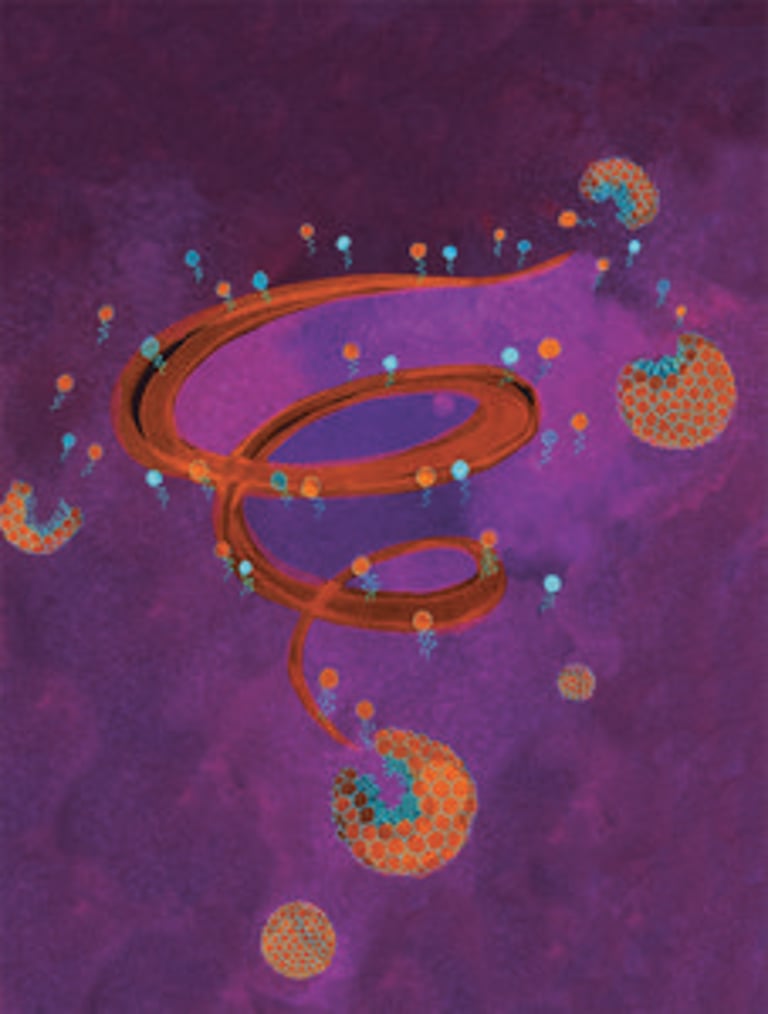Synthetic Cells Mimic Life's Origins: Pioneering Metabolic Breakthroughs at UC San Diego
July 18, 2025
The team developed a chemical cycle that activates fatty acids to form phospholipids, which spontaneously generate membranes and can break down without fuel, mimicking natural cellular functions.
The research underscores three essential elements of life—compartmentalization, metabolism, and selection—and focuses on how metabolic processes enable cells to respond, replicate, and evolve.
Using only nonliving materials, the team designed a system that synthesizes cell membranes and incorporates metabolic activity, simulating prebiotic Earth conditions.
Beyond answering fundamental questions about life's origins, this research has potential applications in drug delivery, biomanufacturing, environmental remediation, and biomimetic sensors, though significant progress may take a decade or more.
Devaraj notes that achieving advanced capabilities in these synthetic cells could take 10 to 20 years, emphasizing the importance of foundational research today.
Their study, published in Nature Chemistry in June 2025, details how they are recreating metabolic processes within these synthetic cells, which is crucial for understanding early life.
Neal Devaraj, the lead investigator, emphasizes that cells without metabolic networks cannot grow or divide, highlighting the fundamental role of metabolism in the evolution of life.
The researchers aim to add complexity to their synthetic systems over time to recreate a functional primitive cell, advancing our understanding of how life emerged from simple chemical systems.
The project is funded by the National Science Foundation and involves collaboration between UC San Diego and Universidade da Coruña in Spain.
Researchers at the University of California San Diego are pioneering efforts to understand the origins of life by creating synthetic cells that mimic living cells, with a focus on cellular metabolism.
Summary based on 2 sources
Get a daily email with more Science stories
Sources

EurekAlert! • Jul 17, 2025
On the origins of life: recreating cellular metabolism
News-Medical • Jul 17, 2025
From chemistry to life: Building synthetic cells with metabolism